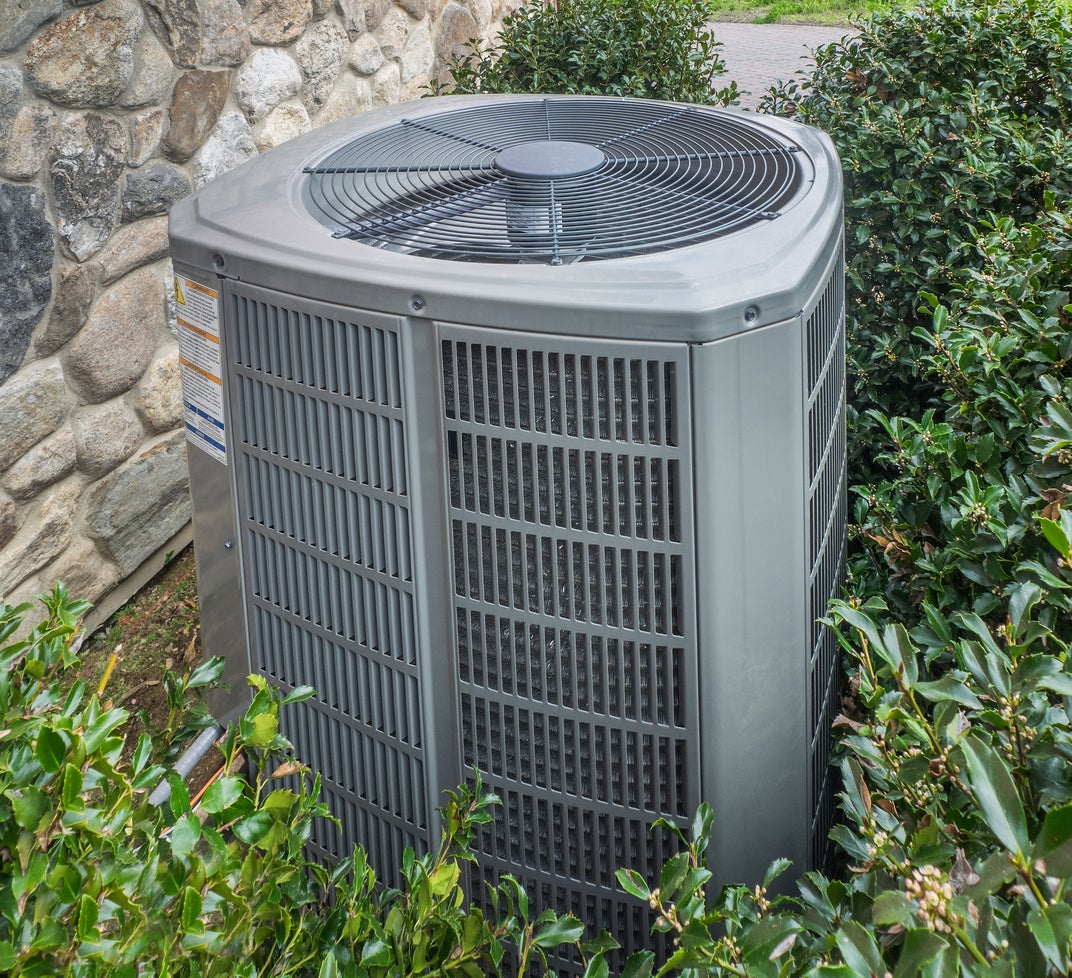AC Condensation For Plants: Is Irrigating With AC Water Safe


Managing our resources is part of being a good steward of our earth. The condensation water that results from operating our ACs is a valuable commodity that can be used with purpose. Watering with AC water is a great way to use this byproduct of the unit's function. This water is pulled from the air and a great source of chemical free irrigation. Read on to learn more about watering plants with air conditioner water.
Is AC Condensation for Plants Safe?
During the use of an air conditioner, moisture forms and is usually removed by a drip line or hose outside the home. When temperatures are high, the condensate can amount to 5 to 20 gallons (23-91 L.) per day. This water is pure, pulled from the air, and contains none of the chemicals in municipal water. Combining air conditioner water and plants is a winning way to conserve this precious and expensive resource. Unlike your tap water, the AC water contains no chlorine or other chemicals. It forms when the unit cools warm air, which creates condensation. This condensation is directed outside the unit and can be redirected safely into plants. Depending on the amount your unit runs and the temperatures, irrigating with AC water can water just a few pots or an entire bed. Many large institutions, such as college campuses, are already harvesting their AC condensate and using it in water-wise landscape management. Watering plants with air conditioner water not only conserves this resource and reuses it thoughtfully, but it saves a ton of money.
Tips on Watering with AC Water
No filtering or settling is necessary when using AC condensation for plants. One of the simplest ways to harvest the water is to collect it in a bucket outside the home. If you want to get fancy, you can extend the drip line directly into nearby plants or pots. The average home will produce 1 to 3 gallons (4-11 L.) per hour. That's a lot of usable free water. A simple afternoon project using PEX or copper pipe can create a consistent, dependable water source to be distributed wherever it is needed. In hot, humid regions where there will be a lot of condensate, it is probably a good idea to divert the runoff to a cistern or rain barrel.
Downsides to Irrigating with AC Water
The biggest issue with watering plants with air conditioning water is its lack of minerals. The condensate is essentially distilled water and is considered corrosive. That is why the water goes through copper pipes and not steel. The corrosive effect is only on metals and does not affect organic material, such as plants. Air conditioning water is also extremely cold straight out of the tubing or pipe and can affect plants if applied directly. Aiming the piping to the soil and not onto the plant leaves or stems can alleviate this. The water is also devoid of minerals which can deplete soil, especially in container situations. Mixing it with rainwater should help balance the amount of minerals and keep your plants happy.
Gardening tips, videos, info and more delivered right to your inbox!
Sign up for the Gardening Know How newsletter today and receive a free copy of our e-book "How to Grow Delicious Tomatoes".

Bonnie Grant is a professional landscaper with a Certification in Urban Gardening. She has been gardening and writing for 15 years. A former professional chef, she has a passion for edible landscaping.